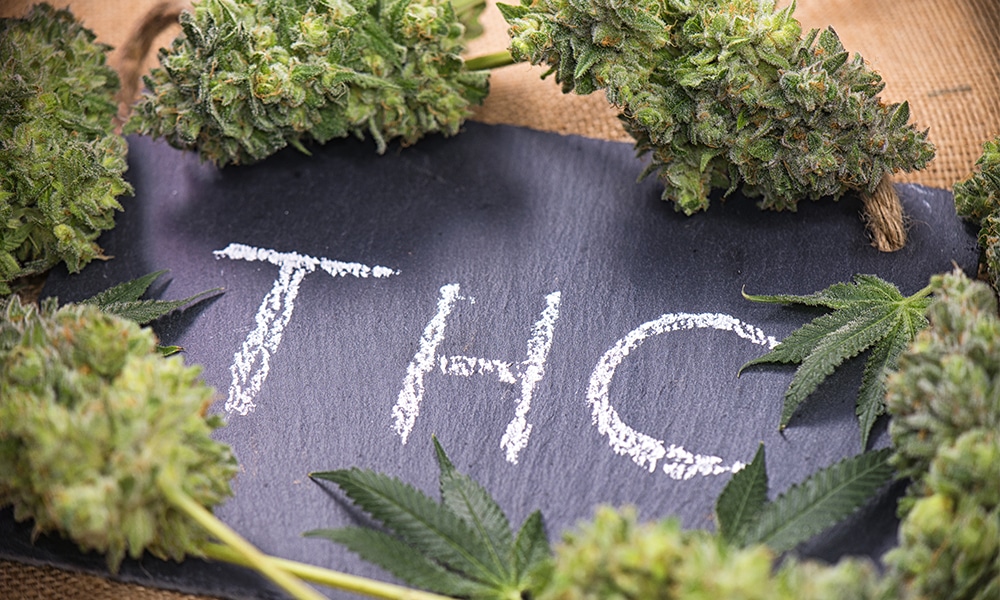If you’re a cannabis user, and you probably are if you’re reading this article, then you need to know about THC half-life. The short version is that THC lingers in your body longer than you’d expect — much longer, actually — and that can be an issue if you have to take a drug test.
THC: The Half-Life vs the High
When you use cannabis, no matter how potent the strain, the high is gone in a matter of hours. It lasts longer with edibles — up to 24 hours in some cases — but even then, you’re running on fumes by the time the feeling dissipates. So, you’re okay if you take a drug test the next day, right?
Wrong. One study showed that if you’re a non-frequent user, half of the cannabis you consumed could still be in your body after four days. If you’re a frequent user, THC half-life could be nine to 12 days. Other studies have shown different results, ranging from 1.3 days for infrequent users to up to 27 days for heavy users.
Doing the Math
If you’ve heard about THC half-life before, it was probably in the context of how long you need to “detox” before cannabis is undetectable in a drug test. Half-life can help you to figure out the answer to this question.
Let’s say you consumed about 18 mg of THC in your last bowl. Assuming the THC half-life in your body is a little bit over four days, there’d be about 9 mg left after that long. After another four days, there’d be 4.5 mg, and four days after that — 12 days since you smoked — there’d be 2.25 mg.
So can a drug test detect that 2.25 mg? It depends on how the test works.
The Many Half-Lives of THC
Lingering THC isn’t evenly distributed throughout your body. After a few hours, it leaves the blood entirely and moves into fat and fatty tissue. It will stay in those tissues for a while — hence the long half-life — and ultimately pass through the bloodstream before exiting the body via urine or feces.
THC moves out of fat cells gradually, though, so it generally isn’t detectable in blood or saliva tests except for during the first few hours after use. After that point, most of the THC remaining in the body is still in fat stores, slowly breaking down into metabolites.
In the Urine
Many urine-based drug tests look for THC metabolites, which is what THC breaks down into before exiting the body. If you’re within your THC half-life window, there might be enough of those metabolites in your urine to be detectable.
In the Hair
Because it’s attracted to fat, THC can build up in the oily secretions around hair follicles. Some tests can detect these buildups months after someone last used cannabis, but only if the person is a regular user.
The Takeaway
THC half-life is a complicated concept. Some THC will linger in your body for days after you use it, but that doesn’t mean a drug test can find it. It depends on how the test works and how often you’ve been using cannabis. When in doubt, ask your doctor to help you figure out if you need to detox, and for how long.




 Home
Home Delivery
Delivery